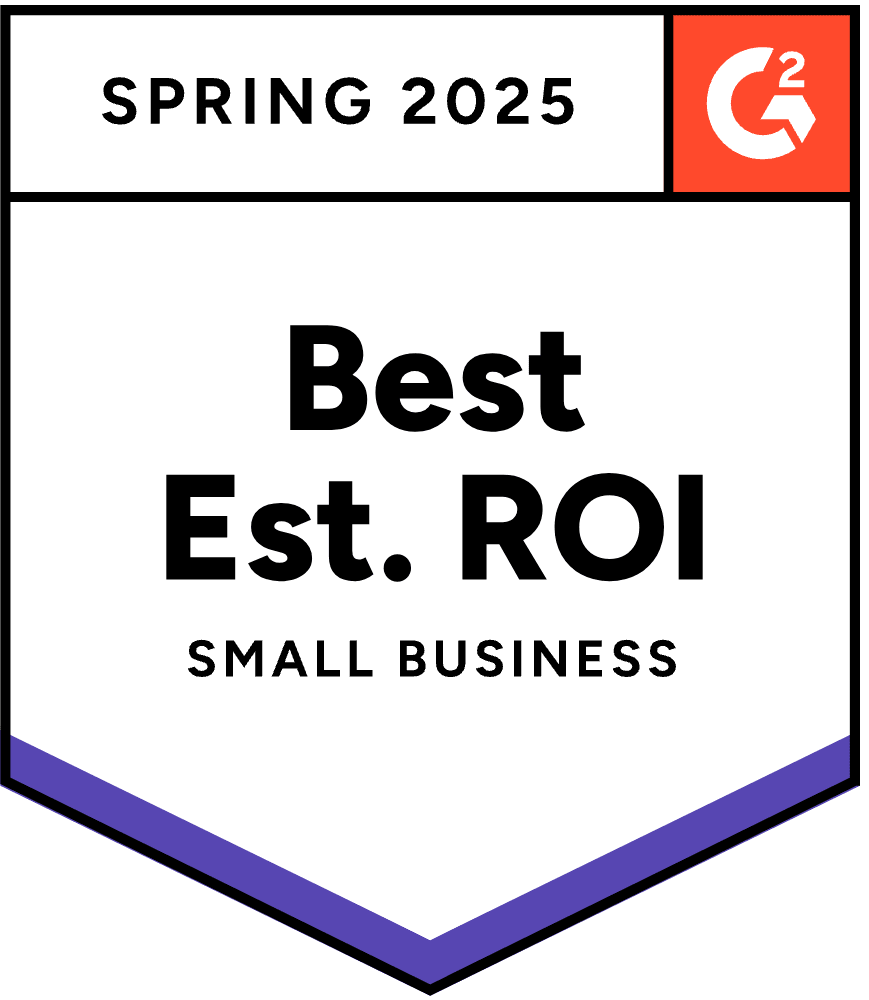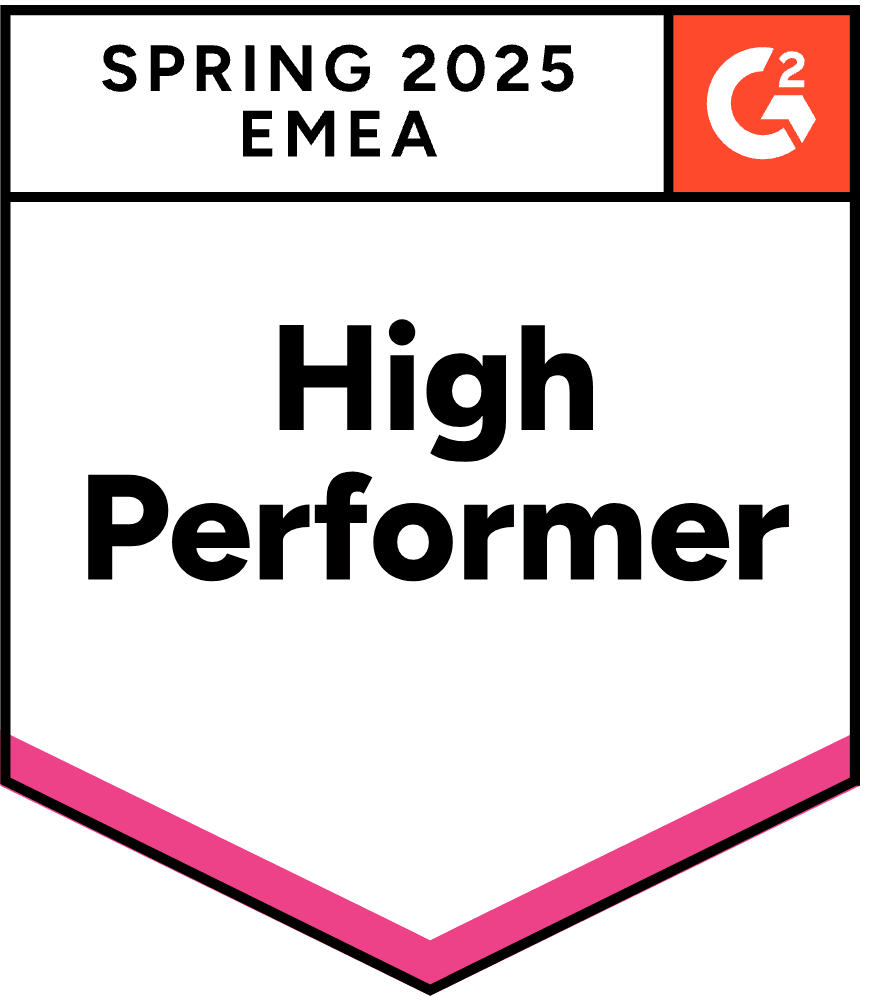Smarter Leads, Not Just More: How Conversational AI Reinvents E-commerce Lead Generation
Most e-commerce stores are playing the same old lead gen game: discount popups, clunky forms, and a sea of unqualified emails. But shoppers expect more. They want relevance, timing, and real conversation. That’s where conversational AI steps in. Instead of chasing every visitor with generic prompts, AI-powered chat can engage, assist, and convert in real time-turning anonymous browsers into high-intent leads ready to buy. This article dives into how forward-thinking e-commerce brands are ditching outdated tactics and using AI to transform traffic into real growth.
E-commerce Email Marketing Benchmarks: How Do You Measure Up?
Before diving into lead generation strategies, it’s important to understand the current state of e-commerce email marketing. While email marketing remains one of the most cost-effective marketing channels, benchmark data reveals that many e-commerce businesses aren’t reaching their full potential.
Mailchimp’s Email Marketing Benchmarks Report, which aggregates data from billions of emails sent on its platform, shows that for e-commerce, the average company sees the following results:
- Open Rate: 29.81%
- Click Rate: 1.73%
- Unsubscribe Rate: 0.19%
Compare this with the overall industry average:
- Open Rate: 35.63%
- Click Rate: 2.62%
- Unsubscribe Rate: 0.22%
E-commerce brands are seeing lower click and open rates compared to other industries. The difference may seem small. But at scale, it adds up to significant lost engagement and revenue. This signals a substantial opportunity for improvement in how online retailers approach lead generation and email marketing.
Supporting this, the Klaviyo Email Marketing Benchmark Report highlights how high-performing email strategies lead to greater revenue:
- Campaigns in the top 10% see 5x higher order rates and 7x higher revenue per recipient (RPR).
- Automated flows consistently outperform one-off campaigns at every stage of the funnel.
- Browse abandonment flows, in particular, convert at 0.92%, 10x higher than the average email campaigns.
- SMS campaigns often generate higher returns than emails, particularly when segmented
What is the takeaway? Better-targeted, well-timed communications significantly outperform generic messaging.
.png)
Why Leads Are Important for E-commerce Companies
Not every visitor who lands on an e-commerce website is ready to make a purchase. Many are in the research phase, comparing prices, exploring product options, or simply browsing. Without a way to capture interest and re-engage them later, these potential customers may leave without returning.
Lead generation helps e-commerce businesses to connect with their audience and nurture prospects with targeted outreach. This connection allows you to gradually build trust, eventually guiding leads to becoming customers.
Here are a few other benefits of a well-executed lead generation strategy.
1. Better Audience Targeting
Lead generation allows businesses to create targeted marketing and sales strategies that increase both conversions and customer satisfaction. How? Quality leads provide deeper insights into customer preferences.
When a visitor becomes a lead and then interacts with your site, you can track their actions to better understand their shopping habits and interests. This information allows you to personalize your messaging, product offerings, and sales approaches to cater to the specific needs and desires of each prospective customer.
2. Increased Brand Awareness
Lead generation allows brands to stay connected with potential customers even if they do not make an immediate purchase. Through email marketing, retargeting ads, and SMS campaigns, businesses can maintain visibility and keep their brand top of mind.
Each meaningful interaction transforms a potential customer from a passive browser to an engaged brand participant. This can lead to greater brand awareness through word-of-mouth marketing, as people are highly responsive to recommendations from peers.
3. Shortened Sales Cycles
Qualified leads can dramatically compress the journey from initial contact to final purchase. People who are already engaged are closer to making a purchase decision. These high-intent leads require less nurturing and marketing investment. This allows sales teams to concentrate their efforts on individuals with the highest likelihood of conversion
The Problem with Traditional E-commerce Lead Generation Methods
Lead generation in e-commerce starts with marketing and outreach. This may come from pay-per-click ads, social media campaigns, or content marketing. As visitors arrive on your site, the next step is to convert that traffic into leads.
Businesses typically use lead magnets, such as discounts or special offers, to encourage sign-ups. However, these incentives still rely on a critical step: collecting contact information.
Traditionally, this has been done through static sign-up forms or pop-ups designed to capture email addresses. While these methods can be effective in some cases, they often fail to engage high-intent shoppers.
Static forms lack interactivity, and pop-ups can disrupt the browsing experience. Furthermore, these generic email collection strategies fail to address individual customer needs.
As a result, many businesses struggle with low opt-in rates, an influx of unqualified leads, and missed opportunities to engage potential buyers at the right moment. Let’s take a closer look at the key drawbacks of these traditional methods.
Low Opt-in Rates
One of the biggest challenges with traditional lead capture methods is low opt-in rates. Many visitors overlook or dismiss newsletter forms without providing their contact information. Generic sign-up requests, such as “Subscribe to our newsletter,” do not offer enough value to incentivize engagement.
Lead magnets like discounts can help with this problem. But they are not always enough to drive conversions. If the offer isn’t compelling or well-timed, visitors may still hesitate to share their contact information.
Additionally, overuse of discounts can attract deal-seekers rather than high-value, long-term customers. This further limits the effectiveness of the approach.
Unqualified Sign-ups and Bots
When visitors do opt in through traditional forms, not all of them are high-quality leads. Some users sign up out of curiosity without genuine purchase intent. Others may use fake or disposable email addresses to access a one-time discount code without engaging further.
Additionally, spambots can manipulate sign-up forms, cluttering email lists with spam entries that reduce campaign effectiveness. ReCAPTCHA tools can help limit spambots. However, they can also negatively impact sign-up conversion rates.
Pop-ups Can Alienate Potential Customers
Pop-ups guarantee that visitors see your sign-up offer. While they can be effective in certain scenarios, they often disrupt the browsing experience. Poorly timed or overly aggressive pop-ups can frustrate visitors, as many find them obtrusive.
Consumer research reveals exactly what visitors dislike most about pop-ups:
- 45.6% complain about seeing them too frequently across websites
- 28.6% are frustrated when pop-ups appear immediately upon landing on a site
- 19.2% dislike seeing the same popup whenever they revisit a website
The annoyance of an interrupted shopping flow can result in more than a missed newsletter sign-up. If frustrating enough, it can also push people away from your store entirely.
As consumers become increasingly resistant to intrusive marketing tactics, finding a more intuitive way to capture leads becomes essential.
Lead Magnet Ideas to Improve Engagement
So how can you offer something more compelling? It’s time to refresh your lead magnets with offers that deliver new value to your audience. Here are some ways to capture email subscribers beyond commonly used discounts.
Free Samples: Let Shoppers Try Before They Buy
Offering free samples for contact information creates a powerful reciprocity effect. This approach is quite effective for beauty, wellness, and food items, where customers value trying before buying.
Think about it. Would you rather commit $40 for a skincare product you’ve never used or get a trial size to see if it’s worth the hype? Giving customers a no-risk way to test products leads to positive first impressions that often result in better conversions later on.
Contests and Giveaways: Turn Excitement into Engagement
Contests generate excitement and can be effective at encouraging immediate sign-ups. Everyone loves winning something, especially if it’s a product they’re already eyeing. Whether it’s a simple “enter your email to win” giveaway or a viral contest that rewards shares and referrals, this type of lead magnet taps into people’s natural curiosity.
Personalized Assessment Quizzes: Make Lead Gen Feel Like Shopping
Quizzes that help shoppers find the perfect product to solve their needs deliver immediate value. They do so while allowing you to collect valuable preference data beyond a lead’s contact details.
Beauty brands like Sephora have seen tremendous success with skin type assessments. Similarly, nutrition companies use diet preference quizzes to help shoppers conveniently find suitable products.
Early Access to New Products: Make Subscribers Feel Like VIPs
Exclusivity is a powerful motivator. Offering early access to new products or limited editions is a compelling incentive that taps into this desire. It makes visitors feel like insiders while also creating a sense of FOMO (fear of missing out) that encourages subscriptions so as not to be left out.
How Conversational AI Improves E-Commerce Lead Generation
Conversational AI addresses many of the limitations of traditional lead generation. AI-powered chatbots and virtual assistants interact with visitors in real time, guiding them through the shopping journey to capture leads in a more natural manner.
Here is a closer look at how conversational AI chat can be a powerful tool for improving e-commerce lead generation efficiency and lead quality.
1. Engaging Shoppers Before Asking for a Subscription
Instead of presenting a pop-up form out of nowhere, conversational AI initiates a natural dialogue with visitors based on their behavior. For example, a chatbot can greet new visitors with a friendly message such as:
"Welcome to our store! Looking for something specific? Let us know how we can help."
This approach establishes a connection before asking for an email sign-up. Only after the visitor engages will the AI introduce a relevant offer, such as a discount code in exchange for their contact information.
Focusing on engagement first feels more organic and less intrusive. If visitors are uninterested in the offer, the AI can gradually learn over time to adjust its approach to be more effective.
2. Personalizing the Subscription Request
Generic sign-up requests often fail to resonate with visitors. In contrast, personalized messaging helps capture high-intent leads genuinely interested in the incentive being offered.
Conversational AI can adapt the lead capture process based on browsing history, product preferences, and live interactions. For example, if a shopper is browsing a category of skincare products, the chatbot might say:
"We noticed you’re interested in our skincare collection. Get 15% off skincare items when you subscribe to our email list!"
Making the offer relevant to the visitor’s interests increases the likelihood of subscription. It also improves your chances of converting the person to a customer once on your email marketing list.
3. Immediate Follow-ups to Capture Live Intent
Well-timed messages can be highly effective in converting leads. When a visitor shares their email, they are often actively considering a purchase, making it the perfect moment for follow-up. Conversational AI can follow up with them immediately. This could take the form of:
- Delivering the sign-up discount code instantly
- Providing product recommendations based on browsing behavior
- Offering limited-time incentives to create urgency
Real-World Example of Intuitive AI Lead Generation In Action
Create Wellness provides a strong example of how AI-driven lead capture can deliver better results. Initially, the company implemented Rep AI to manage its growing customer support needs. The AI concierge’s main role was to handle inquiries and answer product-related questions.
However, the AI quickly proved to be more than just a support tool. It became a powerful driver of high-quality lead generation. Unlike traditional sign-up forms, the Rep AI chat identifies high-intent shoppers and seamlessly guides them toward subscribing.
The Create Wellness team found that leads captured through AI were significantly more valuable, as these individuals were already engaged and more likely to convert into paying customers.
Additionally, the AI effectively filtered out bots and low-intent users, ensuring that only genuine prospects entered their marketing funnel. As a result, the business saw a 15% conversion rate from users who engaged with the chat, significantly higher than the site-wide average.
How E-commerce Lead Generation Works in Rep AI Chat
Rep AI streamlines lead generation by naturally interacting with shoppers. Whether browsing specific products, showing purchase intent, or preparing to exit, the AI uses its advanced behavioral analytics to identify key moments to request their email addresses.
Below, you can see an example of how Create uses the Rep AI chat to present a discount code and sign-up offer for new customers.
.png)
Once the shopper enters their email address, you can configure Rep AI to pass the details to your email service provider. The platform comes with seamless integration for leading email service providers. This includes Klaviyo, Mailchimp, Omnisend, and Postscript.
Setting up an integration is straightforward. You can connect your preferred solution directly in the Rep AI console by simply entering your API key. As the concierge engages visitors, you can use the Rep AI analytics dashboard to track the leads collected by your AI assistant.
.png)
Conclusion: AI is Your Partner For Leads List Creation, Don't Miss Out
Traditional lead capture methods often fall short, leaving e-commerce businesses with low opt-in rates and unqualified leads. Conversational AI transforms the process by giving shoppers engaging interactions that drive higher-quality sign-ups.
Harness the power of conversational AI to improve lead generation and convert more of your list into customers. Get started with Rep AI today and see the impact firsthand.

.png)
.png)
%20(500%20x%20500%20px)%20(13).png)









